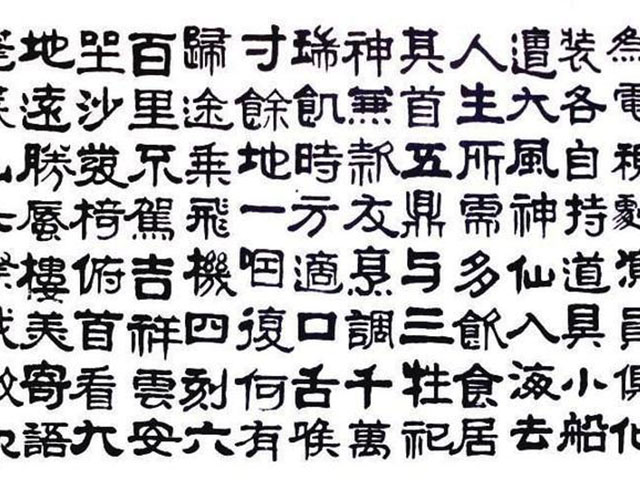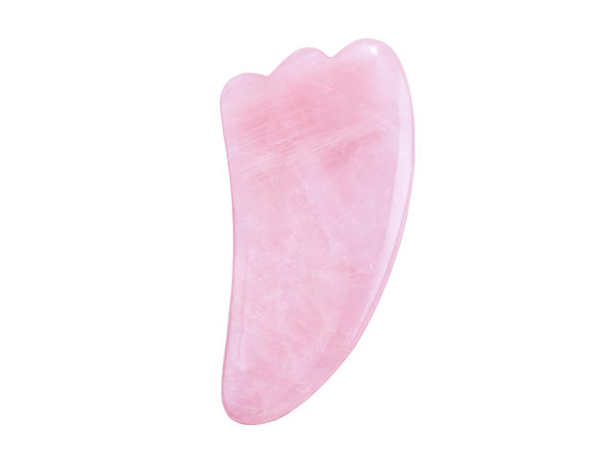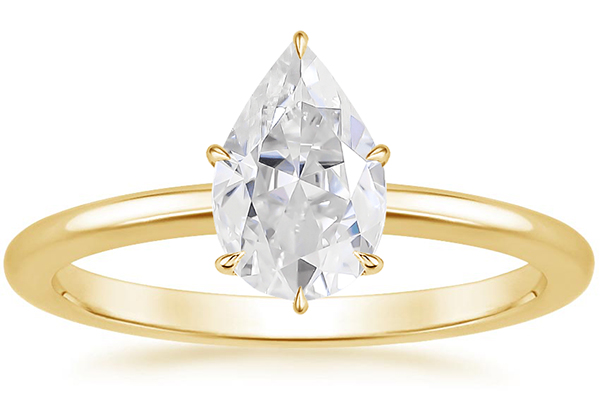Calligraphy is an artistic writing style that has played a significant role in Chinese culture for thousands of years. It is a form of art that involves the careful and deliberate use of brush strokes to create beautiful and meaningful writing. Calligraphy has been used to create works of art, to convey important messages, and to preserve Chinese culture and history. In this article, we will explore the different types of ancient Chinese calligraphy.
Types of Ancient Chinese Calligraphy
There are five main types of ancient Chinese calligraphy: seal script, clerical script, regular script, running script, and cursive script. Each type has its unique characteristics and style.
Seal Script (篆书)
Seal script is the oldest form of Chinese calligraphy, dating back to the Shang Dynasty (16th – 11th century BC). It was used primarily for inscriptions on seals and bronze vessels. Seal script was also used for important documents and official correspondence during the Han Dynasty (206 BC – 220 AD).
The characters in seal script are angular and square, with straight lines and sharp corners. The strokes are thick and uniform, and the characters are arranged in columns from top to bottom and from right to left. The seal script is very stylized, and it can be difficult to read for those who are not familiar with it.
Clerical Script (隶书)
Clerical script, also known as official script, was developed during the Han Dynasty. It was used for official documents, such as imperial edicts and court records. Clerical script was also used by scholars to write texts and books.
The characters in clerical script are more rounded than those in seal script, with fewer sharp angles. The strokes are also more varied, with thick and thin lines. Clerical script is more legible than seal script, but it still has a formal and stylized appearance.
Regular Script (楷书)
Regular script, also known as standard script, is the most widely used type of calligraphy in modern China. It was developed during the Han Dynasty as a more accessible and legible alternative to clerical script.
The characters in regular script are more standardized than those in earlier scripts, with fewer variations in stroke order and direction. The strokes are also more balanced, with a greater emphasis on symmetry and proportion. Regular script is the easiest type of calligraphy to read, and it is the basis for modern Chinese typography.
Running Script (行书)
Running script, also known as semi-cursive script, is a more fluid and dynamic form of calligraphy. It was developed during the Han Dynasty as a faster and more efficient way of writing.
The characters in running script are more loosely formed than those in earlier scripts, with more flowing and curved strokes. The strokes are also less uniform, with varying thickness and direction. Running script has a more natural and expressive appearance than earlier scripts, but it can be difficult to read for those who are not familiar with it.
Cursive Script (草书)
Cursive script, also known as grass script, is the most free-flowing and abstract form of calligraphy. It was developed during the Han Dynasty as a personal and informal style of writing.
The characters in cursive script are highly stylized, with many strokes merging together into a single line. The strokes are also highly varied, with thick and thin lines, loops, hooks, and other flourishes. Cursive script has a highly artistic and expressive appearance, but it is the most difficult type of calligraphy to read.
Evolution of Chinese Calligraphy
Chinese calligraphy has evolved over the centuries, reflecting changes in Chinese culture, technology, and art style. The five types of ancient Chinese calligraphy that we have discussed represent different stages in this evolution. Seal script is the oldest and most stylized form of calligraphy, while regular script is the most standardized and accessible. Running script and cursive script reflect a shift towards more fluid and expressive styles of writing.
Chinese calligraphy has had a profound impact on Chinese culture and art. Calligraphy has been used to create works of art, such as scrolls and calligraphy brushes, and to convey important messages, such as poems and scriptures. Calligraphy has also been used to preserve Chinese culture and history, such as in the inscriptions on bronze vessels and stone tablets.
In addition to its cultural significance, calligraphy has also had a practical function in Chinese society. Calligraphy was an essential skill for scholars and officials, who used it to write documents, correspond with each other, and record important events. Calligraphy was also used for personal and social purposes, such as writing letters and keeping diaries.
Conclusion
In conclusion, ancient Chinese calligraphy is a unique and important art form that has played a significant role in Chinese culture and history. The five types of ancient Chinese calligraphy – seal script, clerical script, regular script, running script, and cursive script – represent different stages in the evolution of Chinese calligraphy. Each type has its unique characteristics and style, reflecting changes in Chinese culture and art over the centuries.
Chinese calligraphy continues to be an important part of Chinese culture and art today. It is studied and practiced by calligraphers and artists all over the world, and it continues to inspire new works of art and expression. We hope that this article has given you a better understanding of the different types of ancient Chinese calligraphy and their significance in Chinese culture and art.



